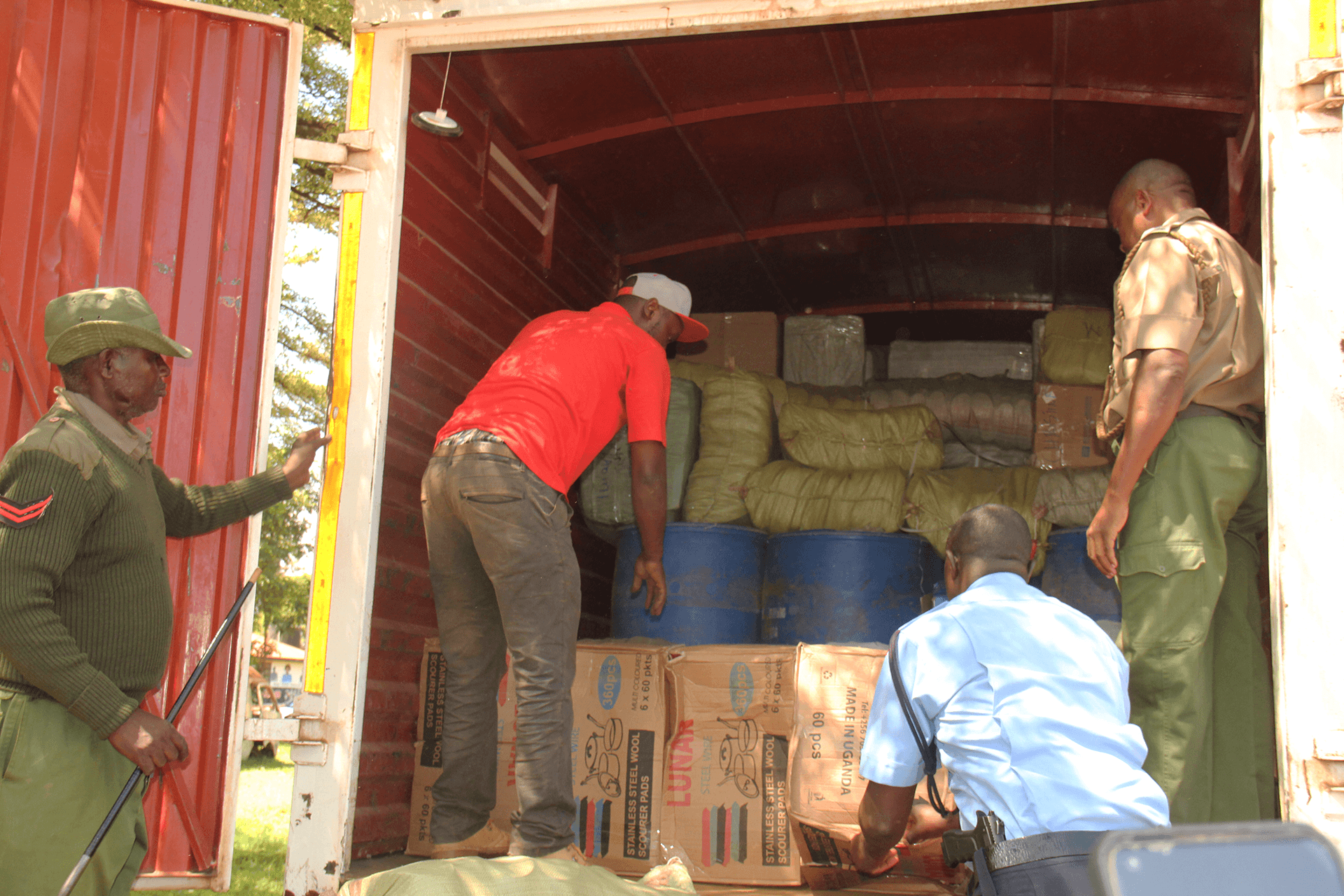Farmers in Nyeri have everything to worry about following an unusually depressed rainy season during the month of May.
In April this year, the Meteorological Services Department had advised farmers in the county to continue preparing their farms for planting even as the country stared at a possibility of delayed long rains.
A month earlier, the weatherman had announced that long rains would commence towards the end of March and had advised farmers to prepare their lands for the planting season.
The weather report had also indicated the long rains for this year were expected to run from mid-March to May.
According to the report, Nyeri which lies within the highlands West of Rift Valley, was expected to receive enhanced rainfall of between 401 millilitres to 500 millilitres.
Other counties that fall in this region include Nyandarua, Laikipia, Kirinyaga, Murang’a, Kiambu, Meru, Embu, Tharaka and Nairobi.
But Nyeri County Director of Meteorological Services Mr Peter Macharia is now warning that the much-anticipated rains may cease earlier than expected even as farmers fear they may be staring at a failed season.
Traditionally, the long rains fall between mid-March to late May before paving way for the chilly June and July cold season.
However, this month appears to have broken away from tradition with Nyeri now experiencing the early advent of the cold season which traditionally starts next month.
“It appears the rains have ceased earlier than anticipated since what we are experiencing now is a cold season that traditionally comes in June. This may be due to changes in weather patterns,” Macharia told KNA.
A five-day weather outlook covering the period between May 18 to May 22 projects Nyeri county will experience slight showers with temperatures expected to range between highs of 27 degrees Centigrade to lowest of five degrees centigrade.
The county is also expected to have intermittent cloudy patterns breaking into sunny intervals during most of the morning hours and partly cloudy nights.
To mitigate the possibility of failed harvest, Macharia had advised farmers to integrate the planting of fast maturing crops such as cassava and sweet potatoes beside maize and beans.
“We are advising our farmers to continue planting since this is the right time to do so and therefore there is no need to panic owing to the lateness of the rains. However, farmers also need to be advised on the importance of planting drought resistant crops such as cassava and sweet potatoes in their farms to ensure they don’t score badly in the event the unforeseen happens,” he had warned.
According to the UN Office for the Coordination of Humanitarian Affairs (OCHA), three consecutive failed rainy seasons in the Arid and Semi-Arid Lands (ASAL) of Kenya have exhausted families’ coping capacities and left more than 2.9 million people in dire need of humanitarian assistance.
By late last year, some areas of coastal and south-eastern Kenya reported their worst rainfall performance since 1981.
The worsening drought has significantly hindered crop production and led to loss of livestock, leaving nearly 2.4 million people in the ASAL region struggling to put food on their table every day including around 368,000 people in emergency levels of hunger, and over 523,000 children under age 5 in urgent need of treatment for acute malnutrition.
Water sources for both people and livestock are also said to have dried up, forcing families to trek for longer distances and causing tensions among communities, and threatening a spill out of increased inter-communal conflict.

